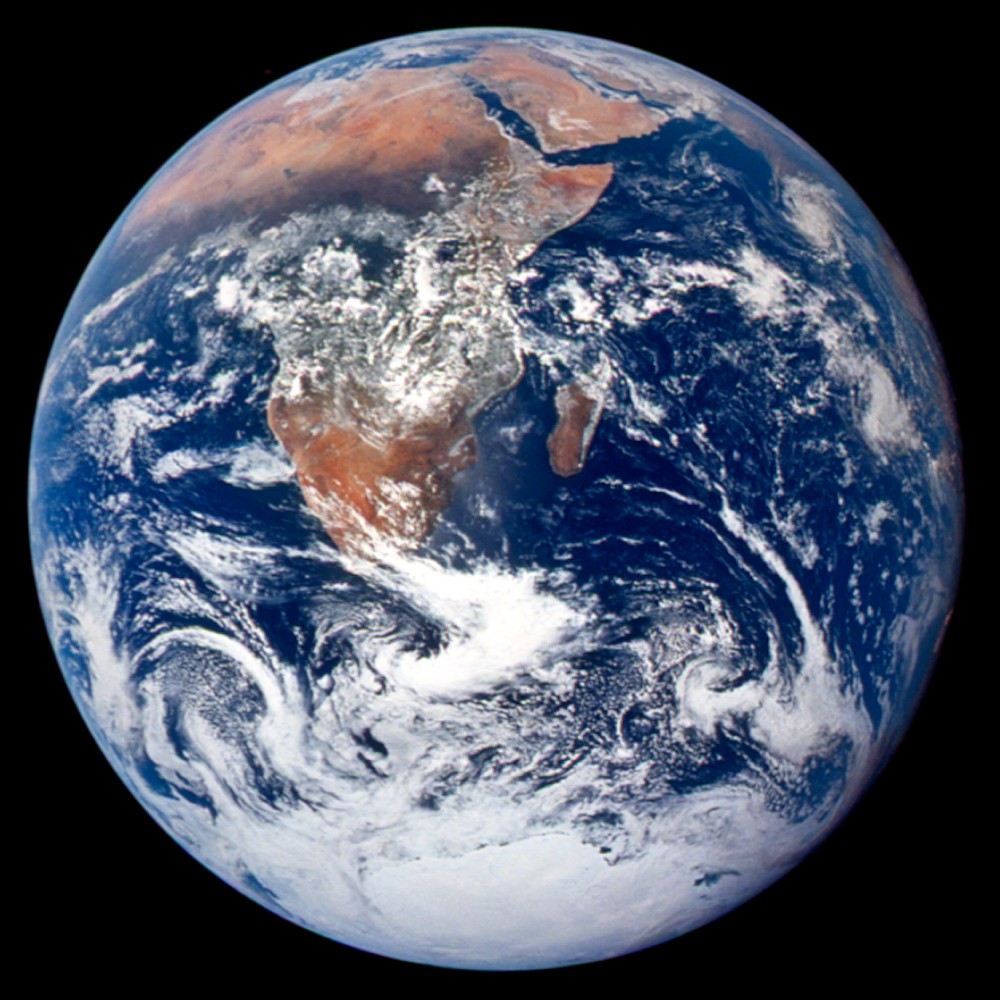We’re hearing a lot about how a research project has shown that Earth days used to be about a half-hour shorter than they are now.
The scientists at Brussels University took a close look at a fossil of an extinct species of mollusk, and by studying the chemical traces on its shell, they were able to come up with perhaps the most accurate reading of just how long Earth days lasted 70 million years ago.
It’s a step forward in the world of astrochronology, to get a clearer picture of how much the earth’s rotation slowed down over time.
But there’s another question: why exactly is earth rotating more slowly?
It’s mostly the moon’s fault.
The forces that affect Earth’s tides are also putting the moon about an inch and a half further away from Earth each year.
We’ve been measuring that change through a NASA program that bounces lasers off a reflective device astronauts placed on the moon during the Apollo 15 mission.
But it’s a slow process. Earth days are getting longer at a rate of one extra second every 50,000 years.
Now occasionally a massive earthquake can speed earth back up, but only slightly, compared to the moon’s effects.
The magnitude 9.0 earthquake in Japan in 2011 shortened our days by one millionth of one second.
In Myrtle Beach, South Carolina, the National Shag Dance Championships are getting underway.
The three day final round is the big event in the calendar for enthusiasts of the Carolina Shag.
Well, one of the big events: the other is the annual dance event they call Shagging With The Stars.
How Long Until The Moon Slows The Earth To A 25 Hour Day? (Forbes)
Days on Earth Used to Be 30 Minutes Shorter, Ancient Shell Suggests (Gizmodo)
National Shag Dance Championships
There’s never a bad time to back Cool Weird Awesome on Patreon
“Big Blue Marble” photo of Earth via NASA

